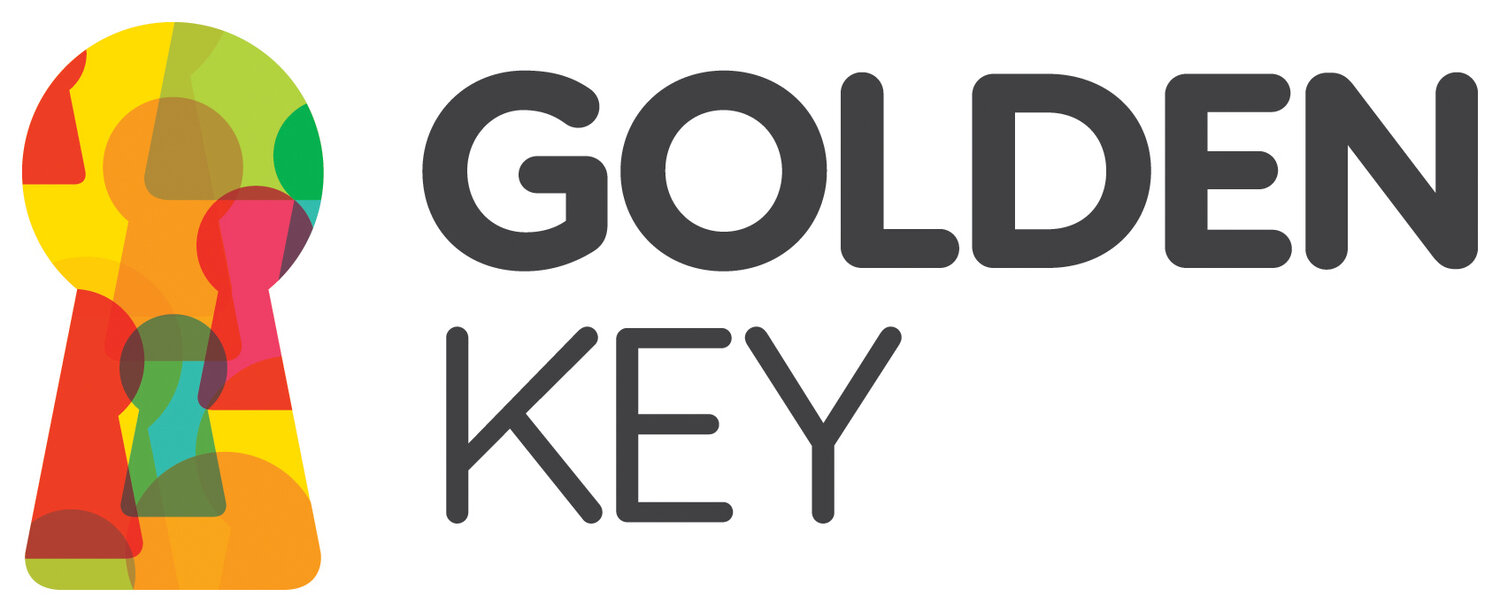The Three Pillars
Relationships, collaboration, reflection
In Golden Key’s work, and in the amazing work we saw all over the city, we noticed three closely connected elements which seemed to help people to work more effectively with complex problems, complex people and complex situations. These elements are:
· Relationships
· Collaboration
· Reflection
We called these things the three pillars because they have proven themselves to be strong, reliable and supportive ways of dealing with complexity. It doesn’t matter whether you are working with a caseload of people in the community, sat at a desk writing reports all day, or chairing a board meeting. The three pillars can help you to take positive action and find your way through complexity.
At the bottom of this page you will find a handy tool which you can use to help you apply the three pillars in your own setting.
The following video explains the three pillars. Underneath the video is a written description (in case you prefer to read things).
Why do we need the three pillars?
People who experience combinations of problems like homelessness, substance misuse, contact with the criminal justice system and poor mental health can find it difficult to get the support they need. Services are mostly set up to deal with one of these issues at a time, so accessing joined-up support is not straightforward. People in this situation can be viewed as “falling through the gaps” or “stuck in revolving doors”.
When people face these combinations of issues they are often described as being complex or having complex needs. When thinking about how we can do better at helping these individuals, it can be useful to understand the meaning of the words complex and complexity.
Understanding complexity
The words complexity and complex could refer to:
a person who has many different issues or needs
an issue, a problem or a decision that does not seem to have a simple or obvious solution
an organisation or system with lots of different people or parts
or …combinations of all these things
When something is complex:
There will be lots of different and closely connected things going on at the same time.
Unexpected things can happen when you try and change something.
Different people will have different perspectives
You might be able to see some patterns, but predicting the future is difficult
In complex situations:
It is difficult to say decisively what is the right thing to do.
At Golden Key we have noticed that when people feel overwhelmed by the complexity of something they can often try and oversimplify things or get stuck in viewing the situation from one perspective. We can sometimes start to blame other professionals or processes or organisations for doing the wrong thing, or accuse people of making bad choices.
We have found it useful to think about how we can deal with complexity better. Can we lean into it rather than pretend it’s not happening? If we can let go of thinking that we have control, or that we know what is going to happen, we get less stressed. This gives us more space for thinking differently and creating positive change. Looking at issues using the three pillars can help us to see things from different perspectives.
Pillar 1: Relationships
Relationships connect us with people: building trust and giving us confidence to try out new things whilst learning about ourselves. They help us understand how other people see a situation or problem. Relationships also exist between ideas, aspirations and outcomes.
Good relationships are the foundation for creating change. If we can focus on improving the quality of our relationships with the people we support, the people who work around us, the people with whom we work in partnership, and with different aims and aspirations, this can have a transformational effect.
Pillar 2: Collaboration
Successful outcomes in complexity happen when we bring together multiple perspectives to tackle problems together.
When things are complex, we don’t have all the answers ourselves working collaboratively with others can help us to build trust and accountability and enable us to hold risk as a collective. When collaborating it is useful when we are prepared to try and do things differently.
Pillar 3: Reflection
When we say reflection, we mean the process of being reflective. In simple terms this is just thinking or talking about what you do, what you did, what happened, or how you felt. It is a way of noticing and capturing learning from experience. It is an opportunity to think about what you would do differently next time.
Reflection supports learning. It helps us to understand how to manage our own and each other’s wellbeing. it can be an opportunity to notice when you or someone else is struggling. It can help to notice biases or assumptions that might be affecting the way people are thinking or acting.
The Three Pillars Tool
We can use these three pillars to explore ways in which we can work more effectively in complexity. By exploring our interaction with each pillar, we can start to recognise the things we already have in place and areas in which we can improve.
Please feel free to download and share copies of the three pillars tool to help you explore issues in your own context.
You can also download a printable version of the information about the three pillars here: three pillars overview
We hope that the three pillars can help you to navigate through the messiness and complexity of your work as much as they have helped us in ours.




